Education is the cornerstone of an effective training program, providing employees with the necessary knowledge, critical thinking abilities, and adaptability to excel in their roles and contribute to organizational success.
Education and training, while often used interchangeably, have clear differences in their purposes, methods, and outcomes. Unfortunately not all the organizations have a full understanding that education plays a critical role in achieving a successful and effective personnel training program.
Why education is so important to obtain a successful and effective personnel training program?
- Knowledge and Skills Development
Foundation of Competence: education provides the essential theoretical knowledge and practical skills necessary for employees to perform their jobs effectively. It ensures that employees understand the fundamental principles behind their tasks, enabling them to apply best practices in their work.
- Adaptability and Innovation
Learning New Technologies and Methods: in a rapidly changing work environment, ongoing education helps employees stay updated with the latest technologies, tools, and methodologies. This adaptability is crucial for maintaining competitive advantage and fostering innovation within the organization.
- Employee Engagement and Motivation
Continuous Learning Culture: an educational approach to training promotes a culture of continuous learning and professional development. Employees who have opportunities to learn and grow are more likely to feel engaged, motivated, and committed to the organization.
- Quality and Consistency
Standardized Training Programs: educational frameworks ensures that training programs are standardized, providing consistent quality across the organization.
This consistency helps maintain high standards of performance and service delivery.
- Problem-Solving and Critical Thinking
Enhanced Cognitive Skills: educational training fosters critical thinking and problem-solving skills. Employees who are well- educated can analyze situations more effectively, make informed decisions, and devise innovative solutions to challenges.
- Compliance and Risk Management
Regulatory Knowledge: education ensures that employees are aware of and understand regulatory requirements and company policies. This knowledge helps in maintaining compliance, reducing legal risks, and ensuring ethical conduct within the organization.
- Organizational Efficiency
Improved Performance: educated employees are generally more efficient and productive. They can perform tasks more accurately and with greater proficiency, reducing errors and increasing overall productivity.
Effective Teamwork: Education in soft skills such as communication, collaboration, and leadership enhance teamwork. Effective collaboration leads to smoother workflows and better project outcomes.
- Leadership Development
Future Leaders: educational programs help identify and develop future leaders within the organization. By providing leadership training and development opportunities, organizations can ensure a strong pipeline of capable leaders ready to take on higher responsibilities.
- Organizational Reputation
Employer Branding: companies known for their strong educational and training programs are more attractive to potential employees. A reputation for investing in employee development enhances the company’s brand and helps attract top talent.
 In summary, while education provides a broad and deep foundation of knowledge and intellectual development, training focuses on acquiring specific skills and competencies for practical application in a professional context. Both are essential for personal and professional growth but serve different purposes and are approached in distinct ways.
In summary, while education provides a broad and deep foundation of knowledge and intellectual development, training focuses on acquiring specific skills and competencies for practical application in a professional context. Both are essential for personal and professional growth but serve different purposes and are approached in distinct ways.
Here below are reported the main differences between the two related to Purpose and Focus:
| Education | Training |
| Purpose: provides knowledge, critical thinking, and intellectual development. It is focused on understanding principles, concepts, and theories.Focus: covering a wide range of topics and disciplines. It aims to the overall development of an individual. | Purpose: aims to develop specific skills and competencies required for a particular job or task. It is focused on practical application and performance.Focus: specific, concentrating on the skills and knowledge needed to perform particular functions or tasks within a job or profession. |
| Scope: covers a wide range of topics, including abstract and theoretical concepts. It encourages exploration and understanding of a broad spectrum of knowledge. Content: extensive and diverse, often based on an integrated STEM approach to foster critical thinking, creativity, and intellectual curiosity. |
Scope: limited to the skills and knowledge needed for specific tasks or roles. It is more about the immediate application of skills in a professional setting.Content: focused on practical skills and procedures. It includes hands-on practice, technical and job-specific competencies. |
| Methods: uses a variety of pedagogical approaches, including lectures, discussions, research, and critical analysis. It encourages independent thought and exploration.Approaches: theoretical and conceptual, aiming to build a strong foundation of knowledge that can be applied in various contexts. | Methods: uses practical, hands-on approaches such as workshops, simulations, on-the-job training, and role-playing. It emphasizes doing rather than just knowing. Approaches: pragmatic and performance-oriented, focusing on the immediate application of learned skills and knowledge. |
| Outcomes: to develop well-rounded individuals. It seeks to cultivate intellectual abilities, ethical values, and a kind of belonging and social responsibility.Goals: Long-term personal and intellectual development, preparing individuals for a variety of life and career paths. | Outcomes: to produce competent individuals who can perform specific tasks efficiently and effectively. It focuses on improving job performance and meeting immediate organizational needs.Goals: Short-term skill acquisition and proficiency in specific tasks, enhancing job performance and productivity. |
| Evaluation: includes a variety of assessments such as exams, projects, and presentations that test comprehension and critical thinking.Assessment: looking at overall intellectual growth and understanding of complex concepts. | Evaluation: includes practical assessments such as demonstrations, simulations that test the ability to perform specific tasks.Assessment: focused, looking at the practical application of skills and job performance. |
Therefore, by focusing on the educational aspects, the personnel training program can effectively develop a skilled, knowledgeable, and motivated workforce that is aligned with the organization strategic objectives.
In this last part, we will conclude our overview about differences between Education and Training.
To recap, while education provides a broad and deep foundation of knowledge and intellectual development, training focuses on acquiring specific skills and competencies for practical application in a professional context.
Both are essential for personal and professional growth but serve different purposes and
approached in distinct ways.
Education can be considered the basis for obtaining an effective and successful personnel
training program for several reasons illustrated in the two previous posts.
Foundational Knowledge, Critical Thinking & Problem-Solving, Continuous Learning
Mindset, Theoretical, Frameworks, Soft Skills Development, Flexibility & Adaptability,
Enhanced Learning Capabilities, Comprehensive Perspective, Motivation & Engagement
and Ethical & Professional Standards
In the end, Integrating Education and Training to maximize the benefits, organizations should
integrate education and training day by day:
- Assess Educational Backgrounds:
Understand the educational backgrounds of employees to tailor training programs that
build on their existing knowledge and skills.
2. Link Theory to Practice:
Ensure that training programs explicitly link theoretical knowledge from educational
backgrounds to practical applications in the workplace. - Promote Continuous Learning:
Encourage a culture of continuous learning where education and training are seen as
complementary, ongoing processes.
4. Develop Comprehensive Programs:
Create training programs that not only teach specific skills but also reinforce foundational
knowledge and critical thinking abilities.
5. Provide Learning Resources:
Offer access to educational resources, such as online courses and workshops, to support
ongoing learning and development.
In short, education serves as a crucial foundation for successful and effective personnel training program because it provides employees with the necessary knowledge, skills, and mindset to engage in meaningful and impactful training, ultimately leading to enhanced job performance, adaptability, and growth. It fosters a culture of continuous improvement, engagement, and innovation, aligning individual development with organizational success.
An effective GMP training for employees is the basis of a compliant pharmaceutical quality system.
A large number of GMP violations that lead to FDA Warning Letters and EU Non-GMP Compliance Reports are caused by a lack of GMP training. Both USA (§211.25 CFR) and EU (GMP Vol. 4: Chap.1§1.8 (iii) and Chap. 2 Personnel), Regulatory Agencies require adequate employee training and compliance with these regulations are monitored during their inspections. Additionally, an inadequate employee training is an ongoing problem and a contributing factor of many other violations. Knowledgeable and trained personnel who are aware of cGMP regulations are essential for GMP compliance in pharmaceutical companies.


